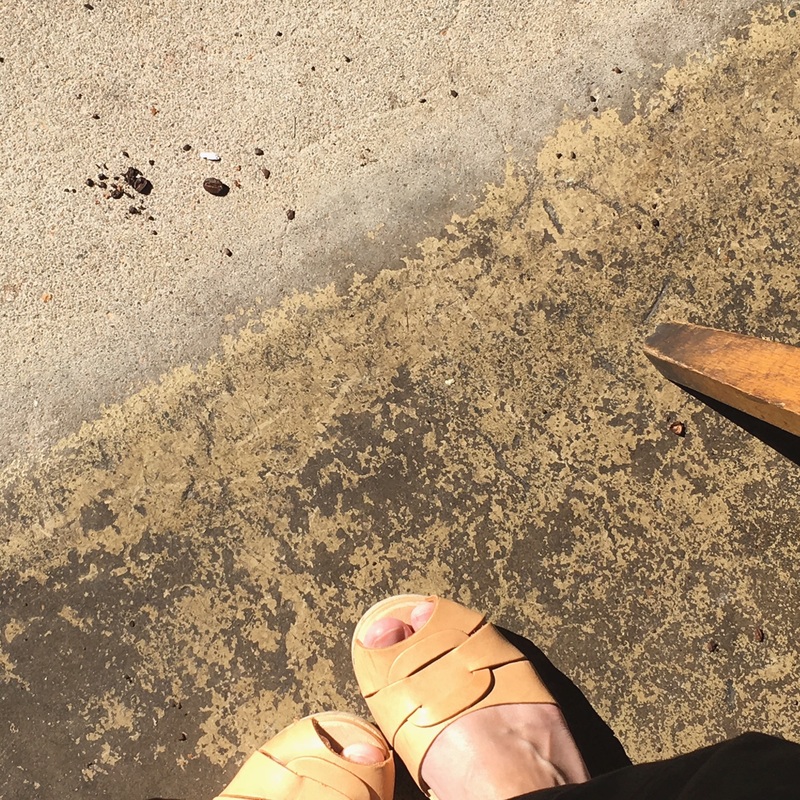I often add a bunch of chopped kale to the pan during the last 15-20 minutes of roasting time as well. A sprinkling of salt + pepper flakes + nutritional yeast is all the extra flavor we need.
As with all of these categories, there is a lot of room for variation. A breakfast burrito bowl (or regular burrito bowl) could use roasted peppers, onions + potatoes (or sweet potatoes) along with scrambled eggs (+/or beans), salsa, cheese +/or avocado. Baked potatoes offer a different canvas to work with. Mashed potatoes or fries (just either type of potato cut into strips + roasted) are good bases as well. Top fries or a baked potato with some leftover chili + a dollop of yogurt. Yum.
Some extra roasted vegetables can be kept in the fridge + added to salads or rice for quick meals later in the week. Bake an extra potato to toss in with some scrambled eggs. I always thank my past self for the foresight. :)
Numbers one + two on the zero-waste meal plan.
Love,
Jane





















 RSS Feed
RSS Feed